Banjjak Banjjak Binnaneun (반짝반짝빛나는)
42.10901599767447m 149 2021-03-19
28-1, Insadong-gil, Jongno-gu, Seoul
+82-2-738-4525
A Traditional Beverages specialty restaurant located in Insa-dong, Seoul. A store selling hand-crafted Korean traditional tea. The most famous menu is green plum tea.
Hanji Chueok (Souvenirs) (한지추억)
44.0976097904249m 495 2021-03-06
6, Insadong 7-gil, Jongno-gu, Seoul
+82-2-735-2059
Hanji Chueok (Souvenirs) est l’une des boutiques d’artisanat les plus connues à Insa-dong et a déjà fait parler d’elle dans de nombreux magazines internationaux. Préparé avec les méthodes de fabrication traditionnels coréens, le hanji est un type de papier, beau et de grande qualité. Hanji Chueok est le lieu idéal pour découvrir la tradition de l’artisanat hanji ; les objets artisanaux, les cadres photos, les accessoires, les objets de décorations intérieurs s’alignent sur les étagères de la boutique. Les visiteurs peuvent non seulement acheter des produits extrêmemement bien conçus, mais ils peuvent également participer à des séminaires donnés par des artistes professionnels pour apprendre à faire leur propre objet en hanji. Bien sûr, les visiteurs peuvent repartir avec leur propre création en hanji à la fin du séminaire.
Sanchon (산촌)
48.89926394336423m 35899 2019-06-13
30-13, Insadong-gil, Jongno-gu, Seoul
+82-2-735-0312
Founded and opened by Monk Jeongsan,
Sanchon is a
vegan-friendly restaurant that mainly serves temple foods. The
dishes found here are a results of Kim Yun-sik, who was inspired
by the simple, clean and healthy diet that a Buddhist practitioner taught
him years ago. Now, being a top authority on vegetarian
food in Korea, Kim Yun-sik helped perfect the standard and quality of
temple food.
The dishes are made with all natural ingredients such as vegetables and mountain herbs, and are cooked without chemical additives. The actual dishes served vary by season, and in order to meet the tastes of the general public, the
restaurant includes "five spices" (garlic, shallots, mountain leeks, etc.), which monks are typically not allowed to eat. Those who would like their food without these ingredients are asked to make their request at least one day prior to visiting.
Choedaegamne (최대감네)
53.31797588881374m 4298 2020-06-01
12-3, Insadong 8-gil, Jongno-gu, Seoul
+82-2-733-9355
Choedaegamne is a traditional restaurant with a cozy garden and a pond. It is located at the end of the alley next to Inside Plaza. At this famous restaurant located in Insa-dong, a traditional interior is enhanced by the date trees planted in between tables. Various dishes are available such as Ssambapjeongshik with organic vegetables, beef shabu shabu using beef stock and fresh tender galbi (ribs) which are purchased daily.
Insadong Maneul Bossam (인사동마늘보쌈)
55.76337121758509m 81 2021-03-19
12-5, Insadong 8-gil, Jongno-gu, Seoul
+82-2-735-7885
This is a Korean cuisine located in Insa-dong, Seoul. It is located at Ssamji-gil in Insa-dong. The representative menu is napa wraps with pork and garlic.
Sadongmyeonok (사동면옥)
58.954725980762674m 17737 2021-12-17
9, Insadong, 8-gil, Jongno-gu, Seoul
+82-2-735-7393
A store with over 35 years’ experience that sells Hwanghaedo-style dumplings. The best menu at this restaurant is dumpling hot pot. This Korean dishes restaurant is located in Jongno-gu, Seoul.
Doore (두레)
76.25366722604606m 21296 2020-01-03
5-24, Insadong 4-gil, Jongno-gu, Seoul
+82-2-732-2919
Stew cooked with fermented soybean paste is this restaurant's signature dish. Rice with beef soup contains pyogo mushrooms and seaweed. The ugeoji soup is also a highlight. Made from the four legs of a cow and mixed with soybean paste, it is very unique. Variations of daily side dishes are also available.
Gaeseong Mandu Koong (개성만두 궁)
83.39709972508406m 20159 2023-05-24
11-3, Insadong 10-gil, Jongno-gu, Seoul
+82-2-733-9240
Gaeseong Mandu Koong has served Gaeseong-style mandu (dumplings) for more than 30 years. The elderly proprietor, who fled south during the Korean War runs this restaurant with the help of her granddaughters. Characterized by its delicate taste, Gaeseong mandu stuffing consists of pork and various vegetables such as cabbage and pumpkin. This restaurant's mandu is so popular that it sometimes gets sold out even before evening. Typical menu includes mandu-jeongol (hot pot) and mandu-guk (soup). The hot pot is made of various ingredients including mandu, rice cakes, mushrooms, and meat, and serves two to three persons. For several persons, it's recommended to eat bossam (boiled meat slices wrapped in lettuce leaves or kimchi) and Korean-style pancakes.
Museum Kimchigan (뮤지엄 김치간)
86.8109333074835m 3901 2019-01-21
Seoul, Jongno-gu, Insadong-gil 35-4
+82-2-6002-6456
Le Museum Kimchikan désigne un musée unique dédié au kimchi et au kimjang, et revenant longuement sur les processus de fabrication du kimchi, aliment classé au patrimoine de l'UNESCO. Le musée a aussi été sélectionné par CNN en mars 2015 comme l'un des 11 meilleurs musées autour de la gastronomie.
Institut 'Kimchi Museum' - (풀무원김치박물관)
87.96535146585376m 6762 2019-07-24
35-4, Insadong-gil, Jongno-gu, Seoul-si
+82-2-6002-6456, +82-2-6002-6477
Le musée du Kimchi, fondé en 1986, expose tout ce qui est en rapport avec le Kimchi et sert également de lieu de recherche sur cet aliment typique de la Corée. C’est l’entreprise Pulmuwon Kimchi qui, en 1986, a ouvert ce musée du Kimchi afin de faire connaître cet aliment typique aux coréens comme aux visiteurs étrangers.
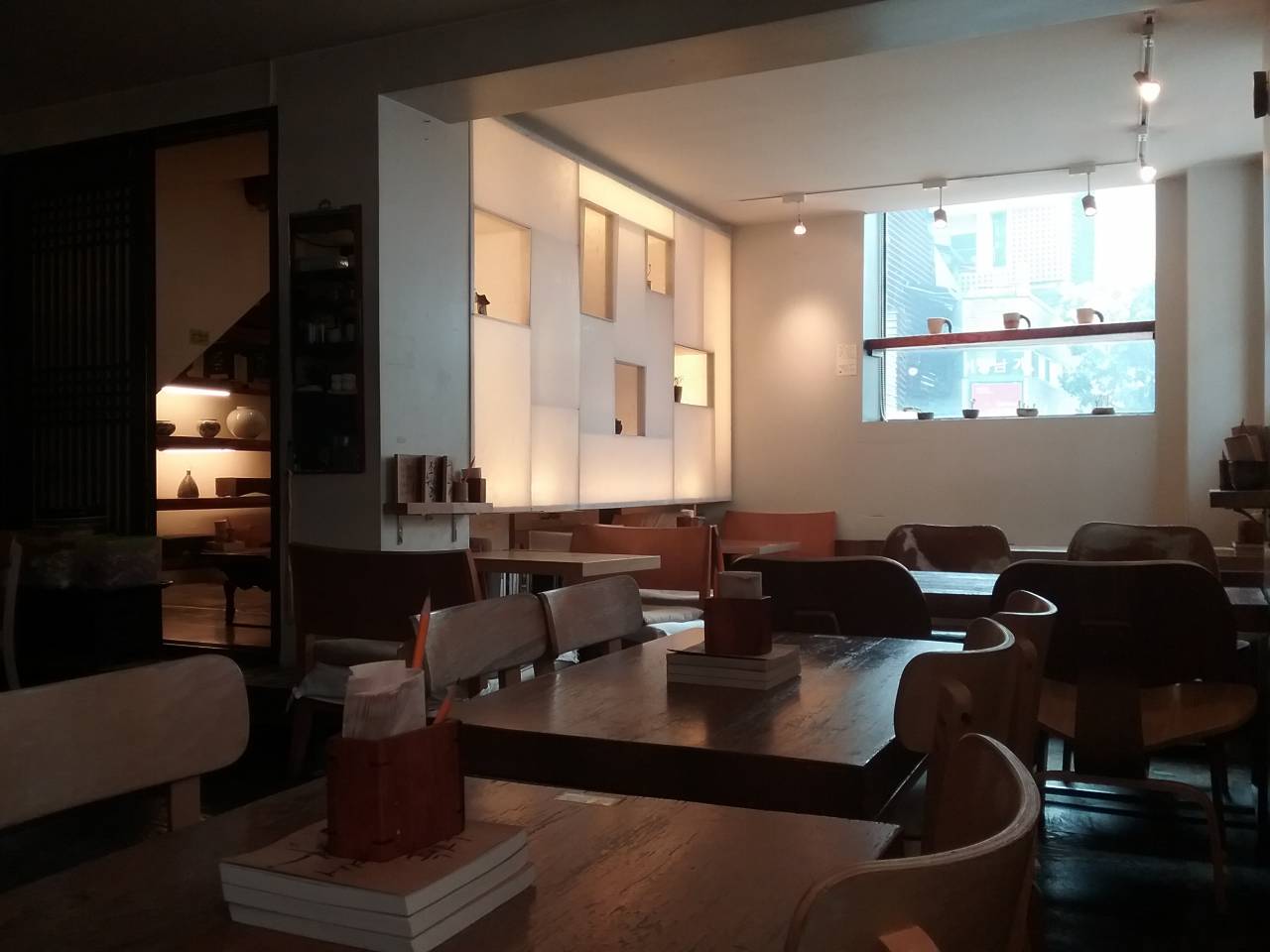
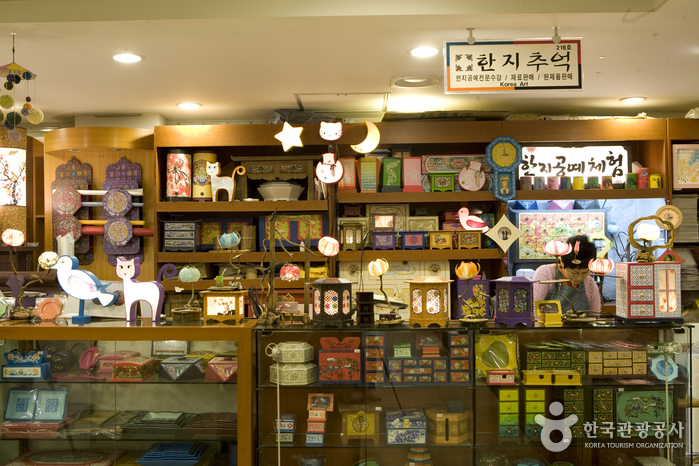
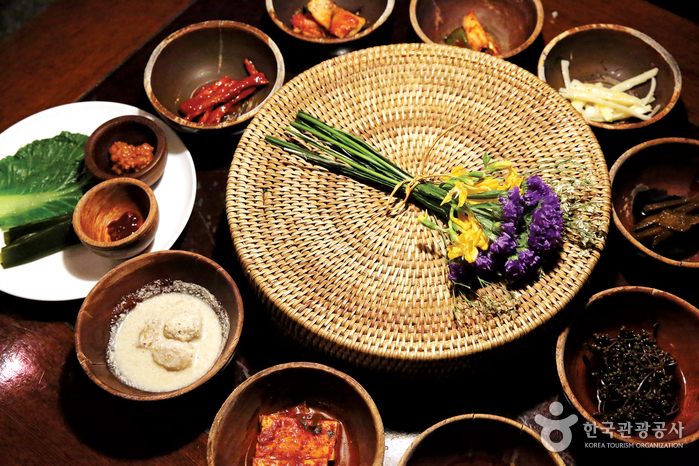
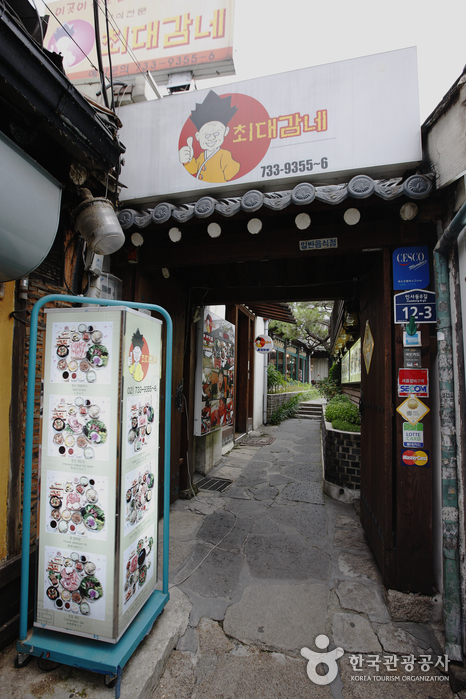
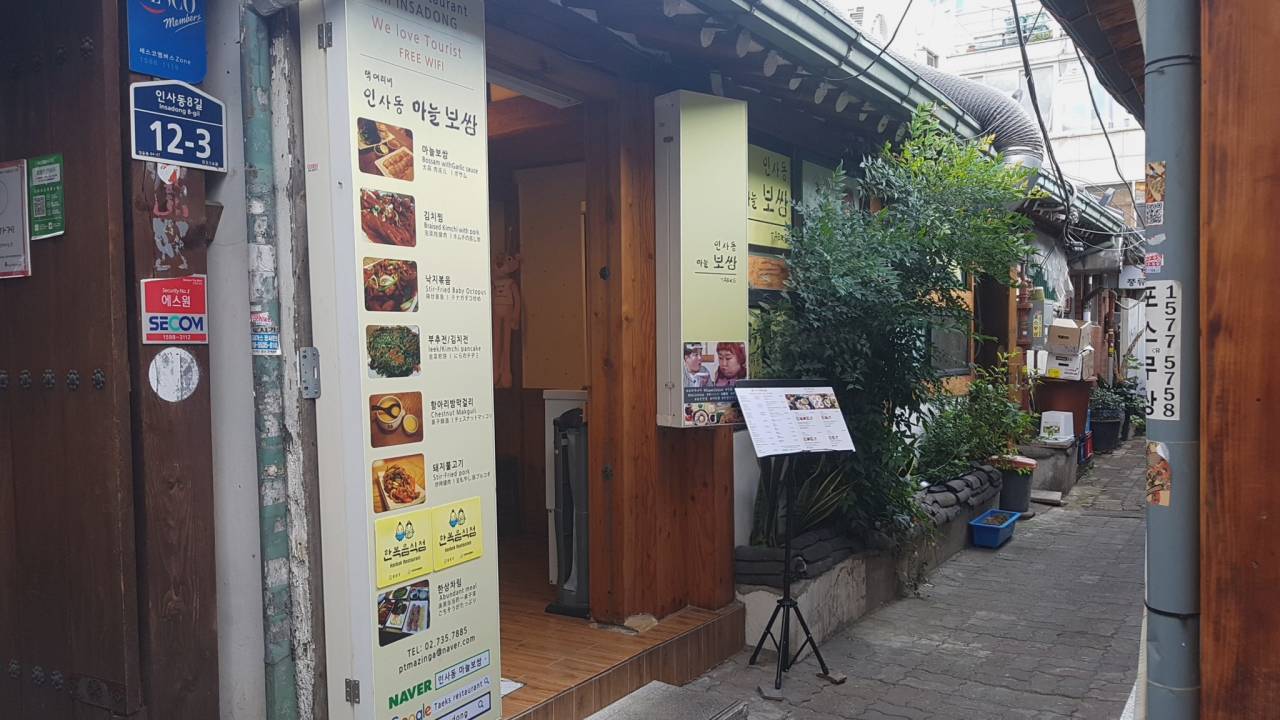
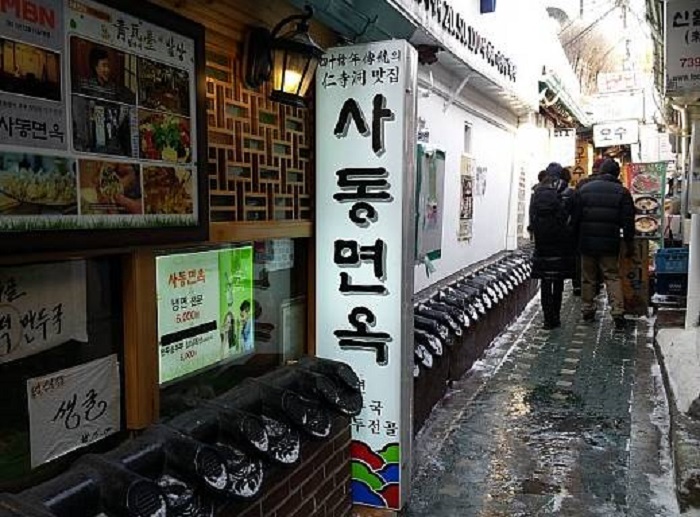

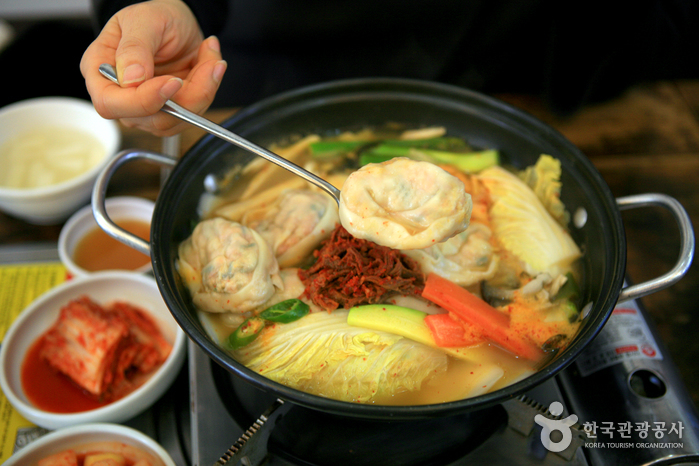
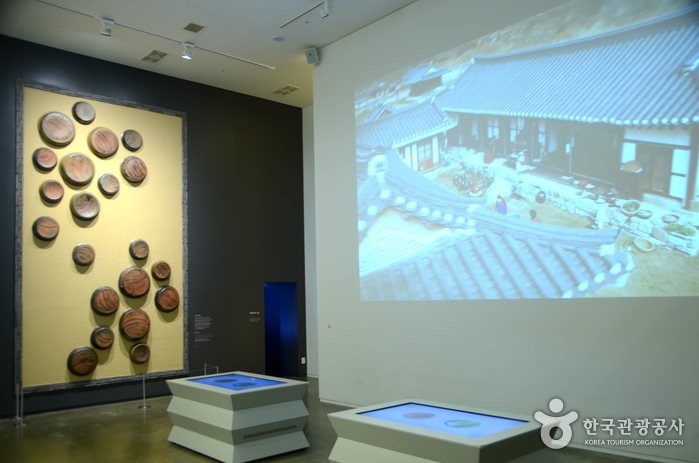
 Français
Français
 한국어
한국어 English
English 日本語
日本語 中文(简体)
中文(简体) Deutsch
Deutsch Español
Español Русский
Русский